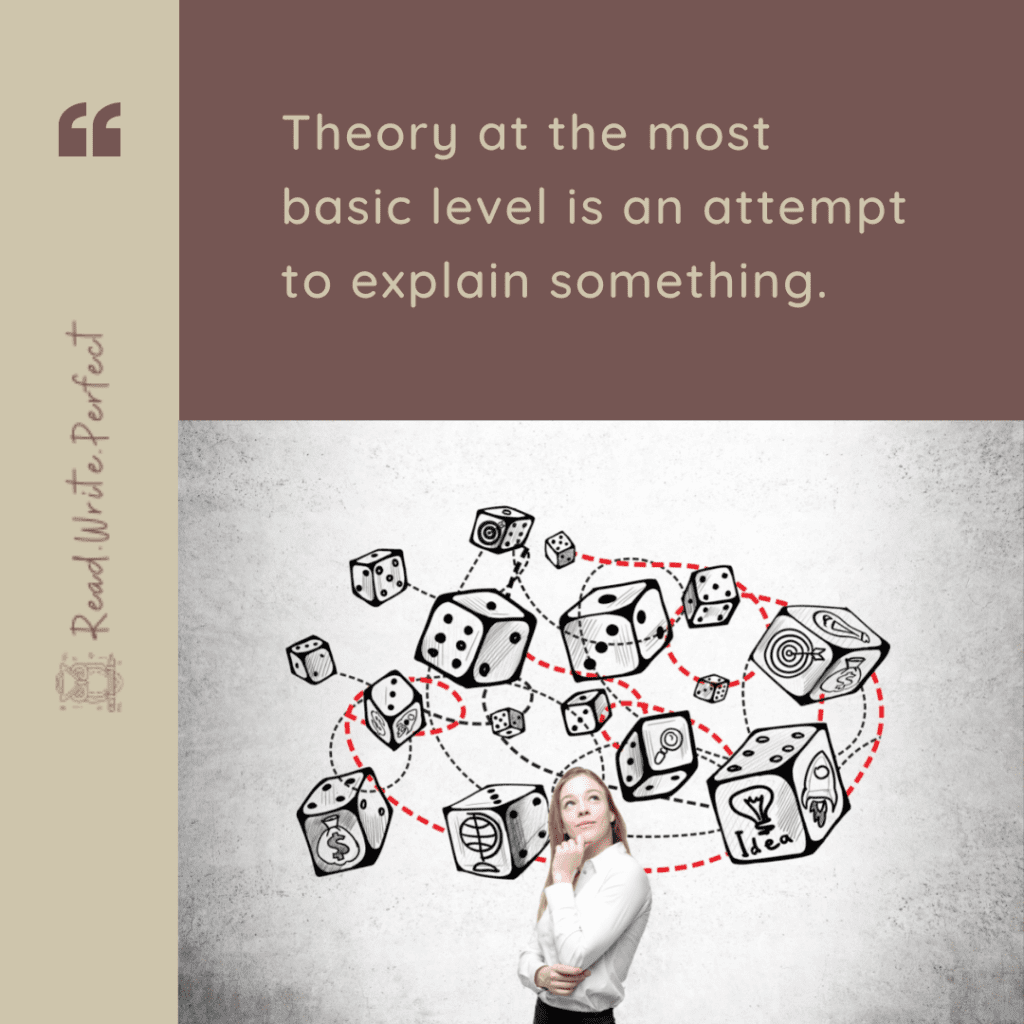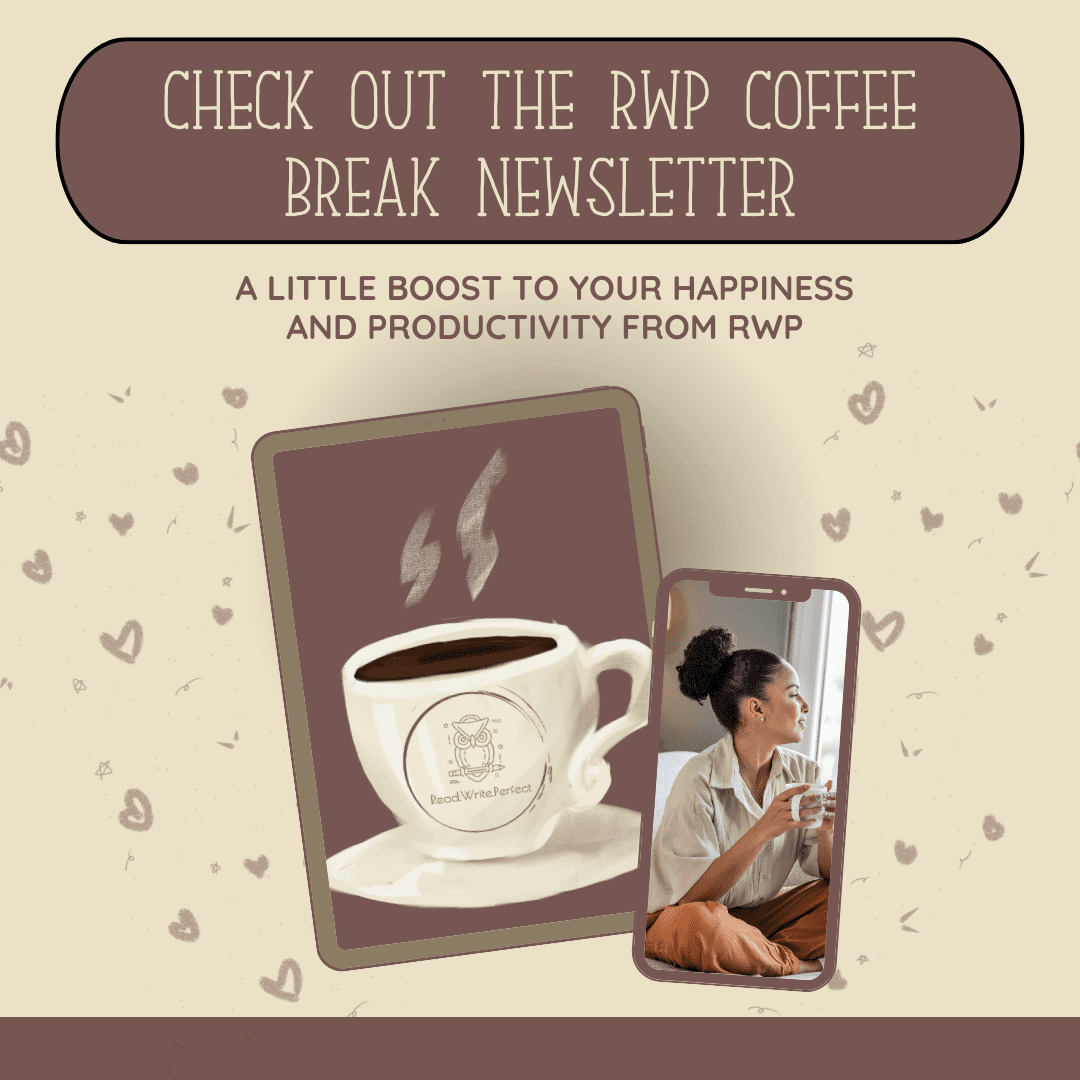

When you conduct research, you will come across two types of source: theory and applied research. If you see a source that describes finding participants, gathering data, analyzing data, and so on, you are most likely looking at applied research. This type of research gathers data in an attempt to develop or test a theory.
On the other hand, if you see a source that attempts to provide an overarching explanation, you are looking at theory. There are a lot of theories out there. For example, feminist theory attempts to provide an overarching explanation for the unequal treatment of women in society. Addiction theory attempts to explain how and why people become addicted. And so on.
Theories are not set in stone. Researchers – including dissertation students – seek to test, disprove, or build theories. It’s worth remembering that you can never prove a theory correct with research, although you can add to its strength and validity.
Your chosen theory will determine how you present the context and problem statement, how you choose your research questions, what you include in your literature review, and how you interpret your data.

It provides a lens through which you filter the topic, allowing you to present the background information in a way that relates logically to your research questions. It also enables you to choose specific research questions that relate to a theory-specific problem.
For example, (some) feminist research focuses specifically on social problems as they relate to women. A researcher approaching the problem of underaged drinking via feminist theory might therefore choose to ask questions about the impact of underaged drinking on violence toward women, the impact of underaged drinking women’s professional trajectories, and so on. The researcher will most likely aim to address a problem relating to the social impact on women of underaged drinking.
The same researcher will probably choose to present background information relating to gender differences in underaged drinking convictions, drop-out rates for underaged female college students, and so on.

Your reader needs to know what theory you have chosen to work with, why you have chosen it, how it addresses your chosen problem and questions, and whether you are seeking to test it, disprove it, or add to/replace it.
You should aim to summarize key ideas and historical developments in the theory, as well as presenting the main theorists and the work currently being done with the theory in your field.

First, aim to explain the theory that underpins your chosen method. Why is that method perfect for the questions you are trying to answer, at a theoretical level? A good book on research design or theory of research will help enormously when it comes to answering this question.
Second, aim to show how your chosen theoretical framework can be applied to your study design. For example, a researcher using feminist theory might want to describe the appropriateness of qualitative methods for substantiating women’s voices and lived experiences.

You can start by asking yourself some basic questions, such as:
Assuming you chose a theoretical framework well aligned to your research questions, these sorts of approaches to the data will help you answer the research questions systematically and logically.

But seriously, the only way to get good at using theory is to get comfortable with it – read everything you can until you understand your theory inside and out. Read other studies in your field to see how others are engaging with the theory. Apply the theory to everything in your everyday life until your friends and family stop speaking to you.
Theory is complex and difficult – mastering it is part of what makes you a researcher.
Need some help developing your theoretical framework? Book a free session to find out how dissertation coaching can help.
